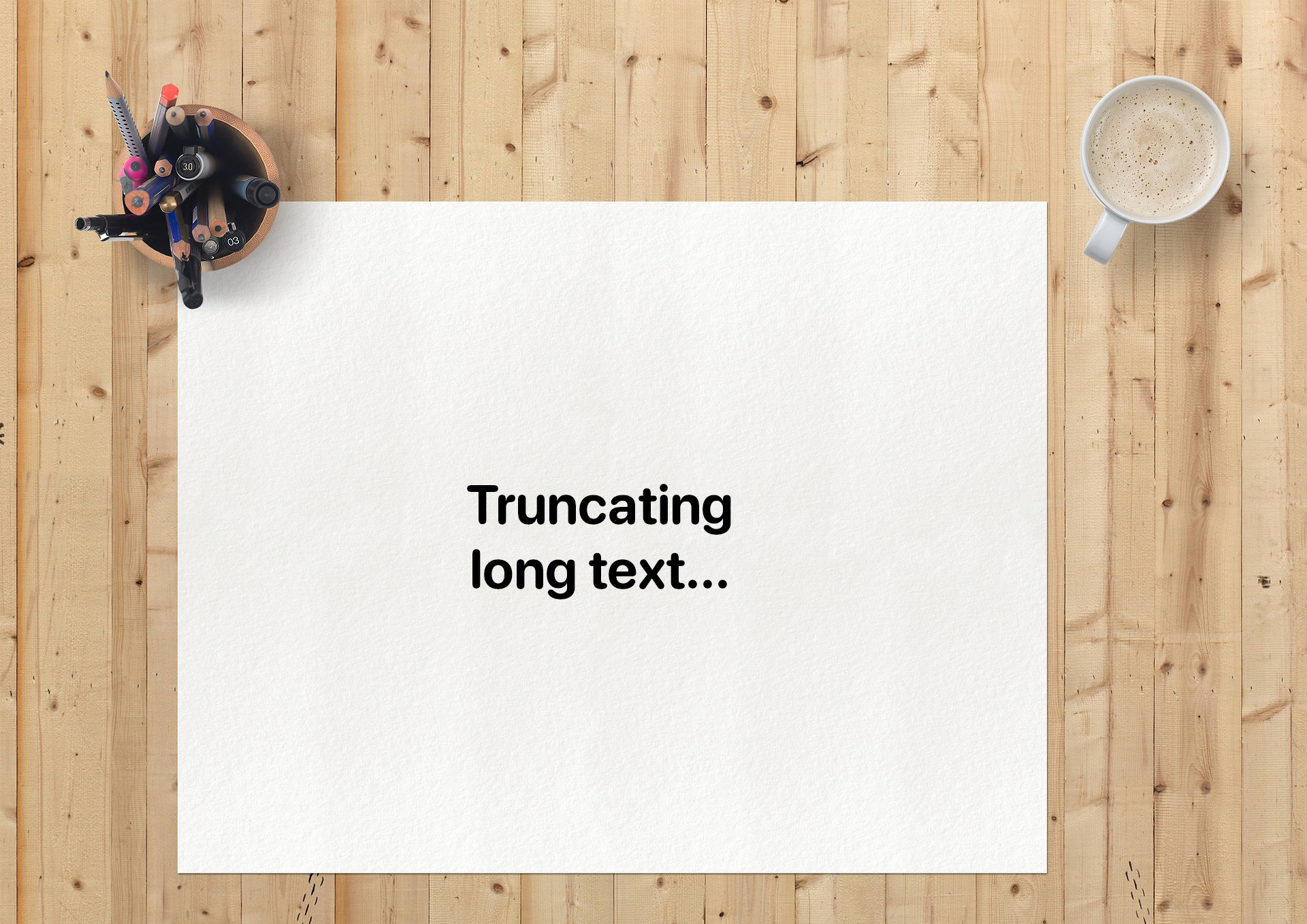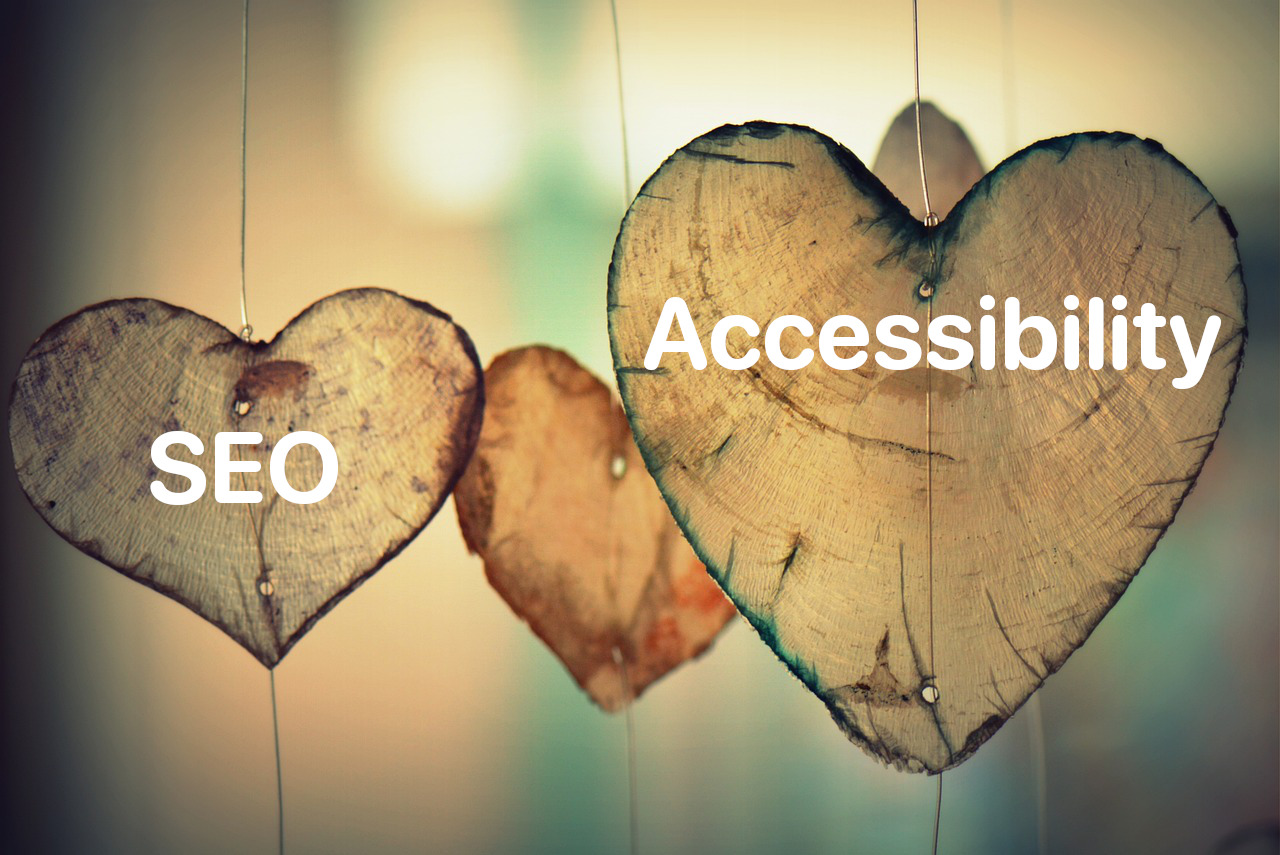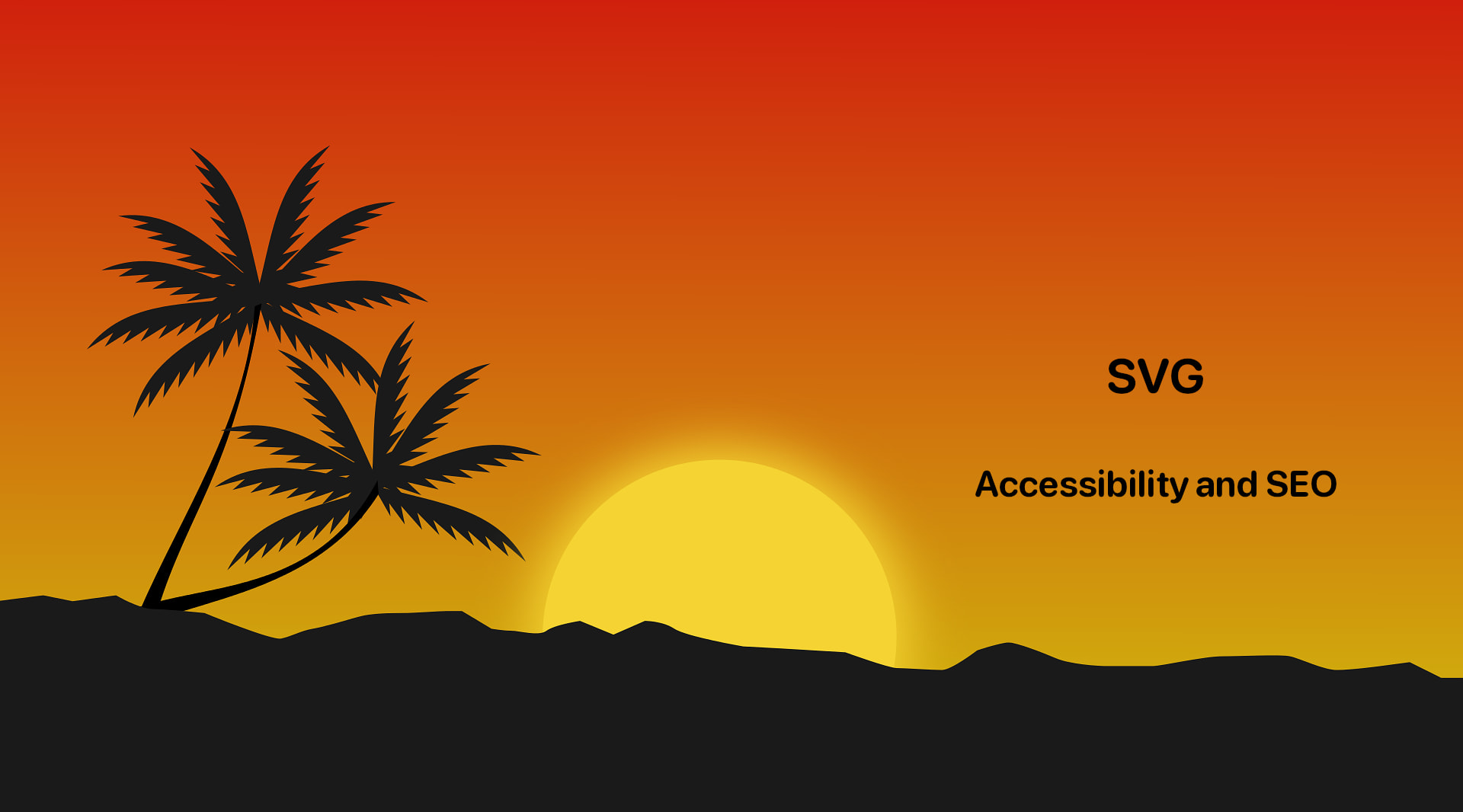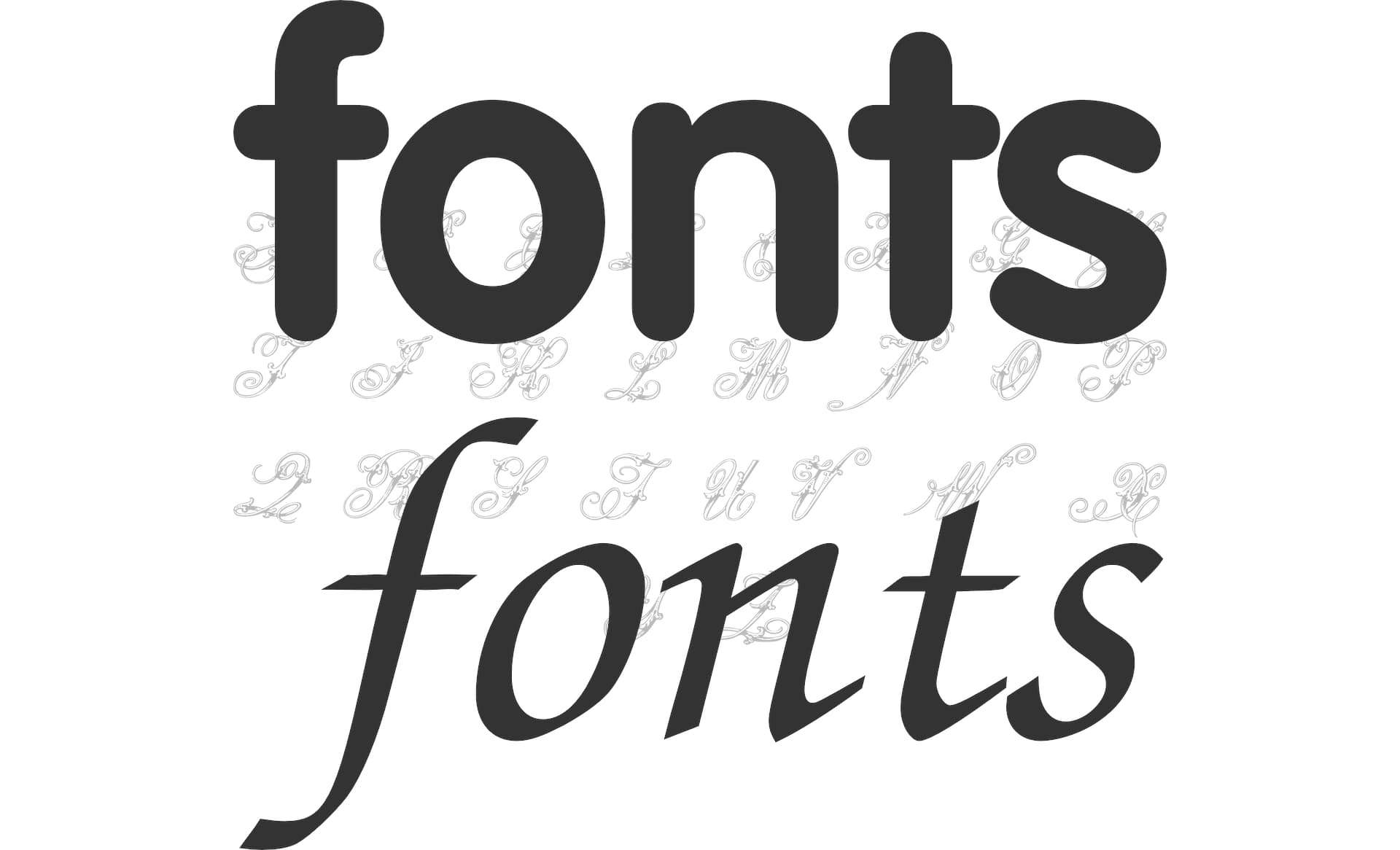To create accessible truncated text, it’s crucial to consider both the visual presentation and accessibility implications. Here are key points and techniques to achieve this.
Continue reading “Truncating text and making it accessible”

To create accessible truncated text, it’s crucial to consider both the visual presentation and accessibility implications. Here are key points and techniques to achieve this.
Continue reading “Truncating text and making it accessible”
When auditing a website for accessibility, it’s crucial to distinguish between common myths and the facts. Let’s debunk some prevalent myths and present accurate, enlightening information about web accessibility.
Continue reading “Website Accessibility: Separating Myths from Facts”
Making sure your website is accessible to everyone is important not just for fairness, but also for improving its online presence. Accessibility isn’t just a fancy extra feature, it’s a crucial part of creating a good website. When you focus on making your site accessible, you also improve its chances of being found by search engines, which benefits both your users and your site’s ranking.
Continue reading “The intersection between SEO and Digital Accessibility”
It is unacceptable to treat accessibility as an afterthought in this digital era. It’s essential for a welcoming society since it ensures that people with all kinds of abilities can use and benefit from the same resources. Disability affects over 15% of the world’s population of approximately 8 billion people. In other words, 1.3 billion people are directly affected, according to the World Health Organization. This is a staggering number that is only going to increase due to reasons like an aging population.
Continue reading “Chart your course to accessibility: a guide for businesses”
Making SVGs accessible is important to ensure that all users, including those with visual impairments, can access and understand the content of svg images, and the more accessible the SVGs, the better search engines will understand it.

In the ever-evolving landscape of global business, companies are constantly looking for ways to innovate and expand their market reach as well as to enhance their brand reputation.
On the path to these goals, one vital element that often gets overlooked is accessibility. Accessibility refers to the practice of making products, services, and environments usable by as many people as possible, particularly those with disabilities. However, this notion goes beyond simply ticking legal boxes. Embracing inclusivity and social responsibility isn’t just the right thing to do, it’s a powerful driver of business success.
Continue reading “Making a business case for digital accessibility”
Did you know that optimizing your digital content for dyslexic users may not only boost your website’s accessibility but also increase your customer base? With an estimated one out of ten people having dyslexia, that’s roughly 780 million people worldwide (1 out of 10 people have dyslexia) who could benefit from dyslexia-friendly design.
Dyslexia is a specific learning disability characterized by difficulties with accurate and/or fluent word recognition and poor spelling and decoding abilities. To ensure that your content is inclusive and accessible, consider implementing certain design considerations.
Continue reading “Designing for dyslexic users”
Measuring the success of a website project can be done through various metrics, depending on the goals and objectives of the project. Here are some common metrics used to measure the success of a website project:
Continue reading “How do you measure the success of the website project?”
Italic fonts can have both positive and negative impacts on accessibility, depending on how they are used. Italics can be appropriate in some cases, but with some fonts, it can make your text unreadable.
Continue reading “Font Italics: Improving Accessibility with Best Practices”
Accessible hiding allows an element to be visually hidden while remaining accessible to assistive technologies such as screen readers. The approach is to apply a CSS class to the element that should not be shown.
There are several solutions for this type of CSS class, but we recommend following styles that cover hiding elements and optionally giving the ability to show the element when the element receives the focus or contains an element that has received focus. Useful for Skip to the main content
links. See Adding a link at the top of each page that goes directly to the main content area
.